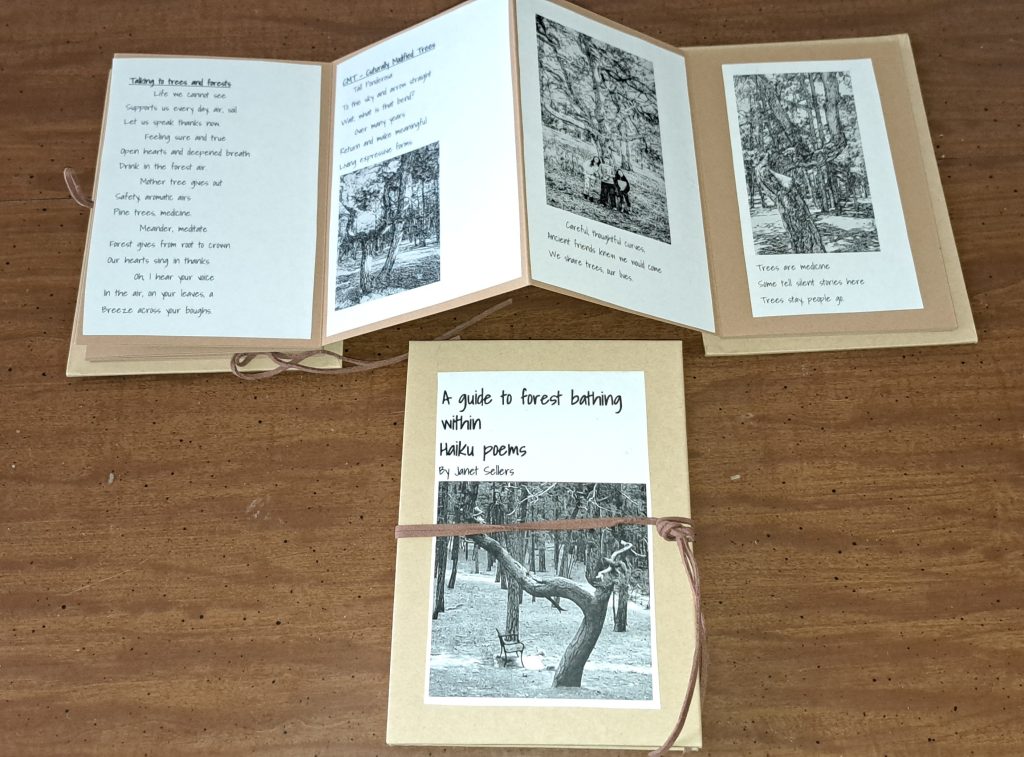By Janet Sellers
“Art is for everybody. To think that they—the public—do not appreciate art because they don’t understand it, and to continue to make art that they don’t understand and therefore become alienated from, may mean that the artist is the one who doesn’t understand or appreciate art and is thriving in this “self-proclaimed knowledge of art” that is actually … (nonsense).”—Keith Haring, Journals
Miniature paintings have a long history as art form and expression, given as gifts and kept as heirlooms. Originating from various cultures around the world, miniature creations are often characterized by their small size, intricate details, and vibrant colors. They have a rich history in various cultures, such as European, Native American, Far East, Near East, African and in many ethnic traditions. We can find these small treasures in many unexpected places around the country or the globe, so even the hunt for them is a hobby to enjoy.
The effort and attention put into these small masterpieces is significant, so don’t let their diminutive size trick you; they are worth quite a lot and are greatly appreciated worldwide. The images can be artists’ paintings or digitally made adding the human touch of artists. Miniature artist books in an artform called “Zines” are collected by many, starting with Thomas Paine’s Common Sense and Ralph Waldo Emerson’s The Dial. The Museum of Modern Art in New York has a vast collection of Zines in their archives.
In times past, miniature paintings often held secret messages or memories that could be kept near the person discreetly, often in pocket watches or lockets. Such were the secret forbidden love eye portraits of the 1700s and French Revolution eye portraits that signified allegiance to the party.

Today, miniatures can reflect cultural roots, family events and traditions, or ancestral stories. Small artworks that represent places visited can be a beautiful, compact way to preserve memories or celebrate and honor a family’s heritage. They become reminders of significant moments in life, for pets and cherished places, and they become family heirlooms.
Miniature paintings can symbolize specific themes or sentiments that hold significance. A painting of a tree might represent growth and stability, a bird could symbolize freedom, or a favorite person or celebrity could stir fond memories. A cherished quote could become calligraphy. All tiny treasures can fit into spaces where larger artworks might not.
Remember that the value of a keepsake lies in the personal connection it holds. Whether one chooses people, places, abstract works or creates an eclectic mix, these small works can serve as meaningful reminders of the moments and values that matter most in the gift, and about the giver’s thoughtfulness as well.
Janet Sellers is an artist, writer and speaker. Contact her at JanetSellers@ocn.me.
Other Art Matters articles
- Art Matters – We Can’t Unchop a Tree (7/31/2025)
- Art Matters – The many benefits of outdoor art and arts events (7/3/2025)
- Art Matters – On being a sketchy person in the art and cultural sector (6/7/2025)
- Art Matters – May Art Hop and art on the street (5/3/2025)
- Art Matters – Contemporary art: The return of bold beauty (4/5/2025)
- Art Matters – Amateur: art just for the love of it (3/1/2025)
- Art Matters – The arts as medicine; Palmer Lake Art Group plans new venues (2/1/2025)
- Art Matters – Art, energy sites, and hugging hormone (1/4/2025)
- Art Matters – How does art make people feel good? (12/5/2024)
- Art Matters – It’s not just decor: Art creates a space and creates our sense of place (11/2/2024)
